Here’s the third installment in our series of blogs linked to the forthcoming ‘Splendours of the Subcontinent’ exhibition at Cartwright Hall, in conjunction with the Royal Collection Trust. This entry has been written by Kajal Meghani, the Exhibition Assistant Curator at the Royal Collection Trust. She writes:
One of the most exquisite gifts that the Prince of Wales received on his lengthy tour to India is an enamelled gold qulamdan (inkstand) in the form of a barge, from Maharaja Ishwari Prasad Narayan Singh of Benares. This will be one of the first objects you will see as you enter the exhibition space at Cartwright Hall, and this ingenious gift is full of so many delights that we wanted to share in this post so you can have a closer look.
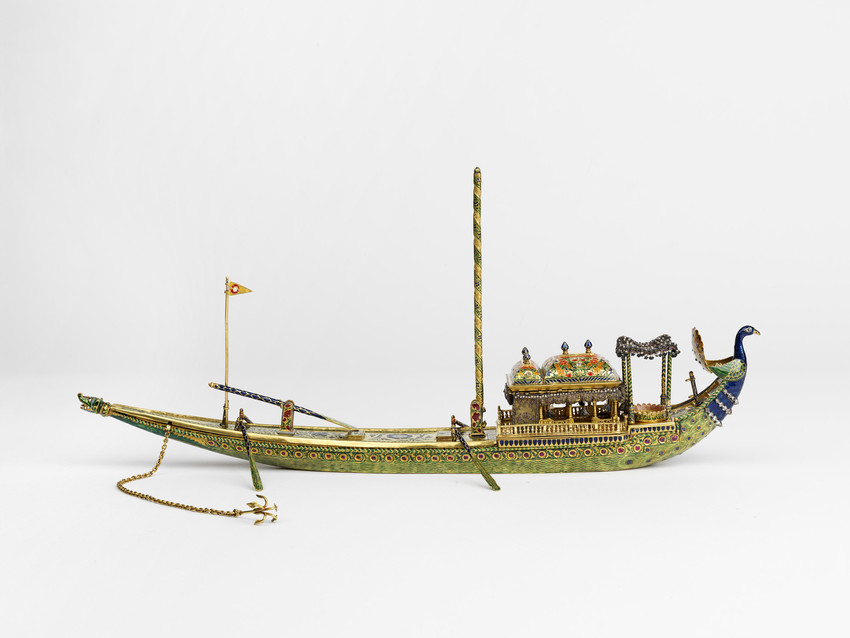
The Prince visited Benares on 5 January 1876, where he spent the day visiting the Town Hall, Kashi Vishwanath Temple, Durga Kund Temple, as well as laying the foundation stone to a hospital. His busy day in Benares ended with a tranquil boat ride along the River Ganges in the company of the Maharaja. The barge that the Prince sailed on had two carved wooden horses prancing on the prow, and the hull was painted with water plans, fish and aquatic birds. One the prince and his suite arrived at Ramnagar Palace, they were able to observe the beautifully illuminated surrounding buildings and river. William Howard Russell, author of the official tour diary, wrote a very poetic description of the view from the palace balcony describing the reflection of the fluttering flames on the surface of the Ganges as if ‘a starry sky were passing between banks of gold’.
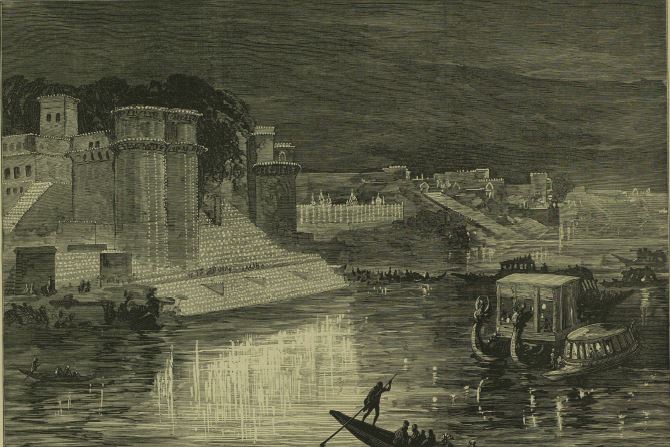
This stunning qulamdan, 39 cm in length, was presented by the Maharaja as a memento of the journey to the palace. It is modelled on another one of the Maharaja’s state barges known as the ‘Maurpankhi’, which was used by the Maharajas of Benares to sail along the River Ganges. The prow, modelled on a fanning peacock, has sapphires set as its eyes and feather-like carvings under the translucent blue enamel to mimic feathers.

The stern is formed to resemble a makara, a Hindu mythological sea creature. The makara takes many forms throughout the Indian Subcontinent but is usually a combination of a terrestrial and an aquatic animal. The qulamdan here depicts it with a crocodile-like face. The makara is the vahana (mount) associated with the personified Hindu goddess, Ganga, making the barge very symbolically apt for traveling along the Ganges.
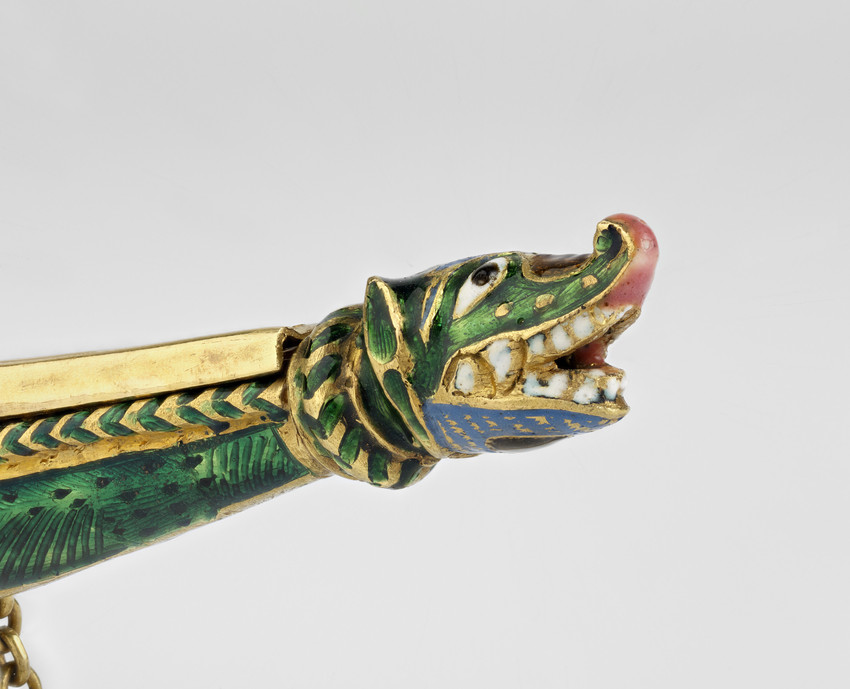
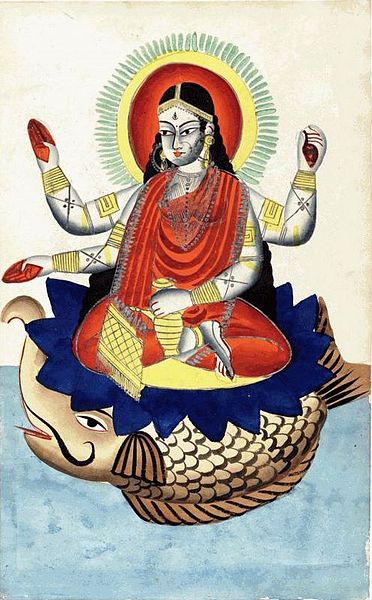
The peacock’s tail feathers, the canopied section and the deck of the barge can be removed to reveal two gold pen nibs, a pair of damascened scissors, damascened penknife and two gold enamelled inkwells – for your entire letter writing needs!
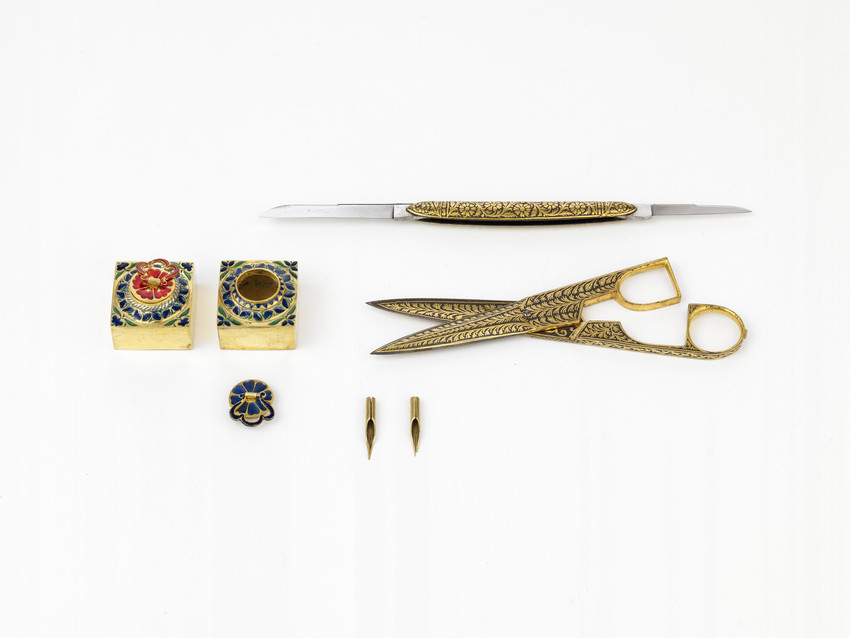
When the gifts were displayed in London, once the Prince of Wales had returned to England from his tour of the Indian Subcontinent, the qulamdan became one of the star attractions. Inlaid with rubies, sapphires and diamonds, and with a canopy woven out of silver wire embroidered with seed pearls, it is easy to see why this qulamdan charmed so many Victorian visitors; we are hoping that it will have the same effect on visitors this time around too!
Below is a rather fun stop-motion video of the inkstand:
A Peacock Barge Inkstand from Royal Collection Trust on Vimeo.